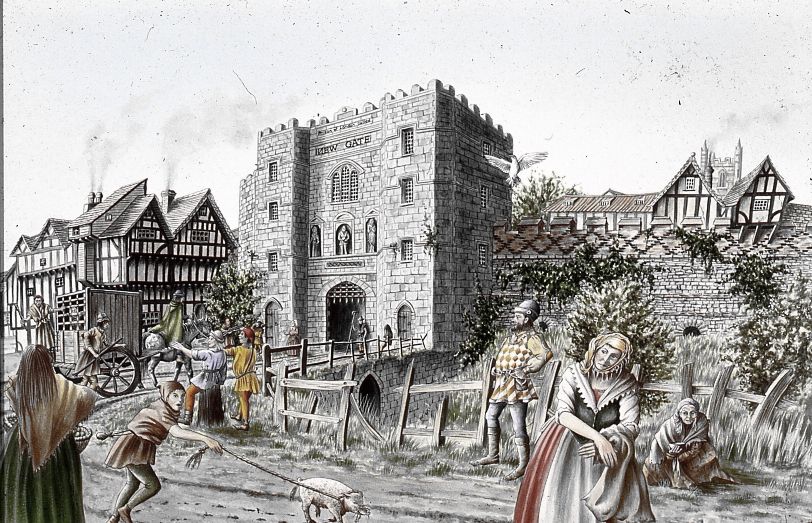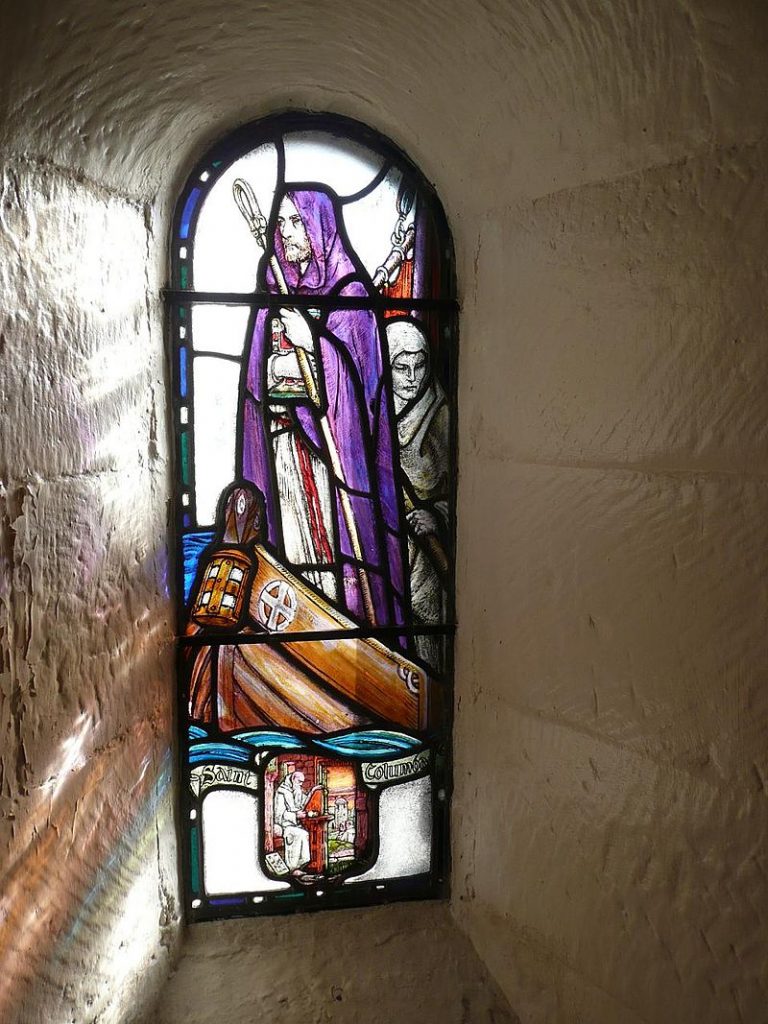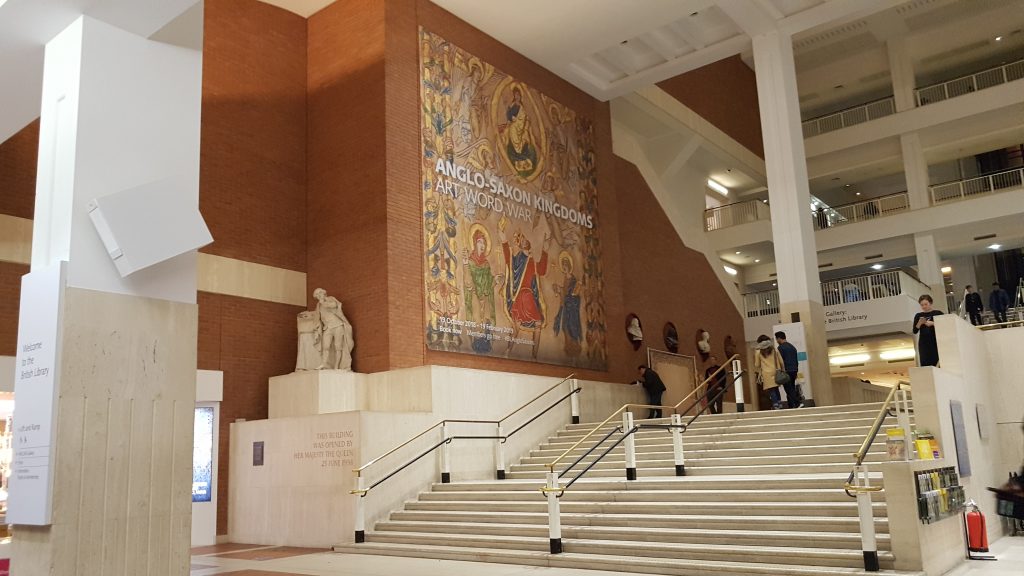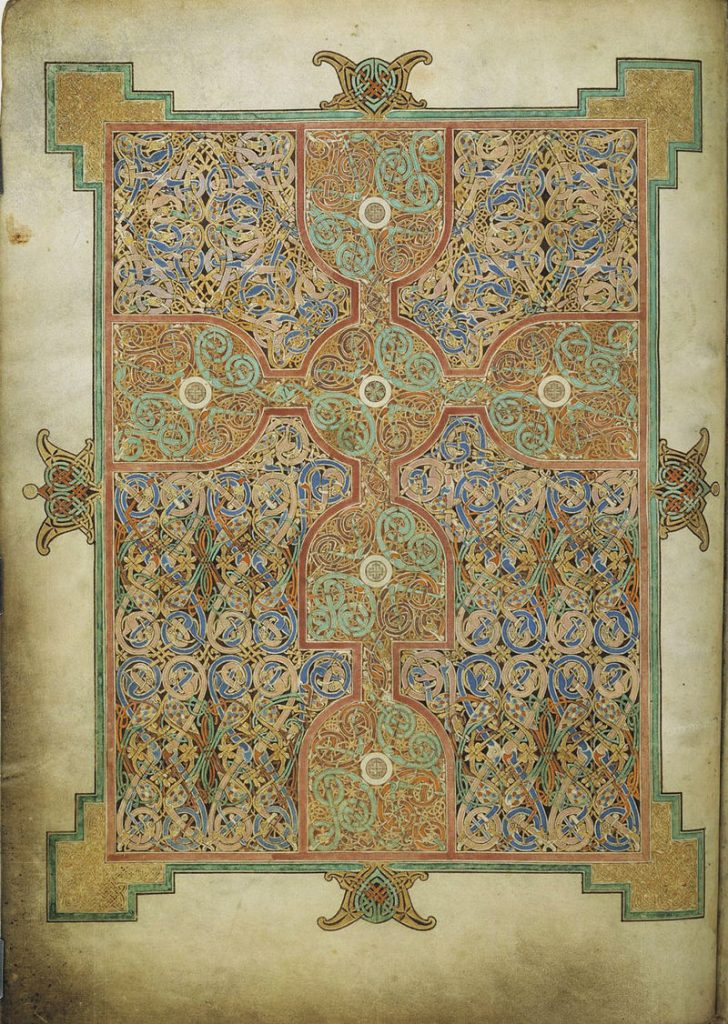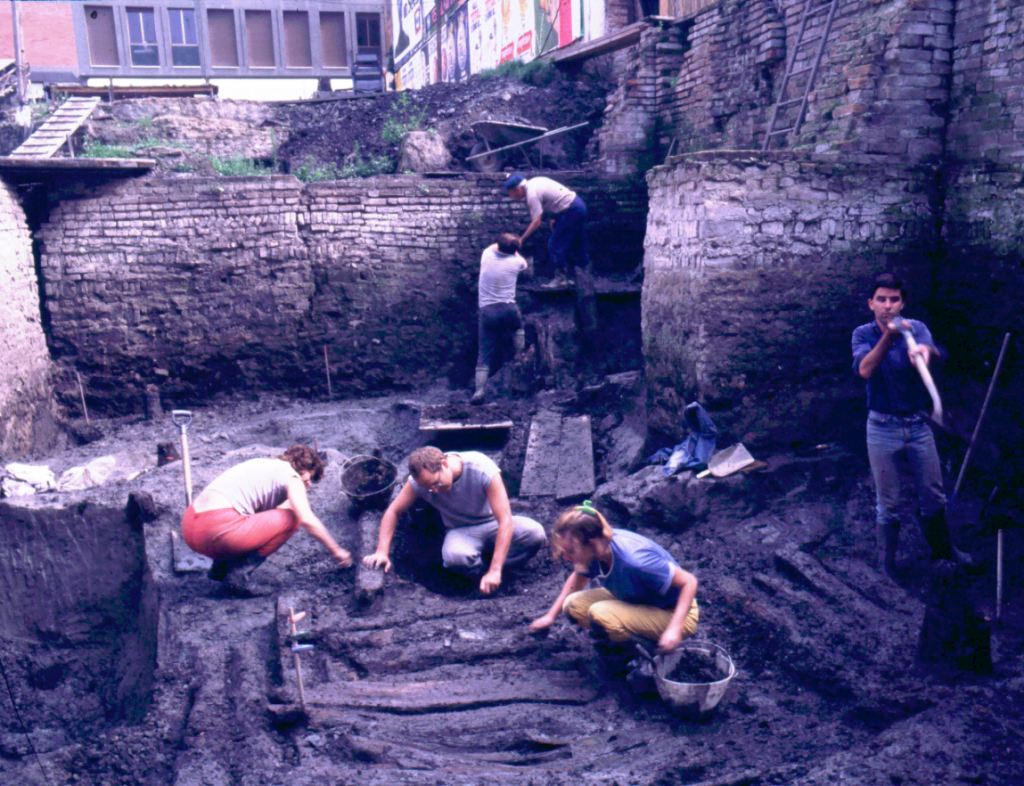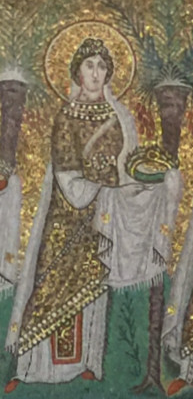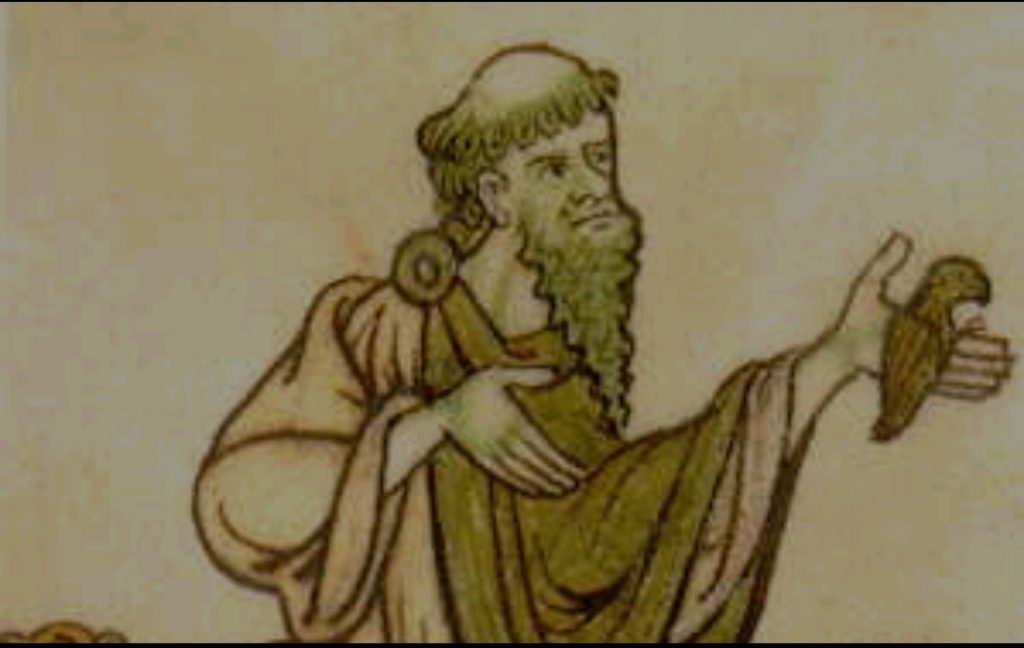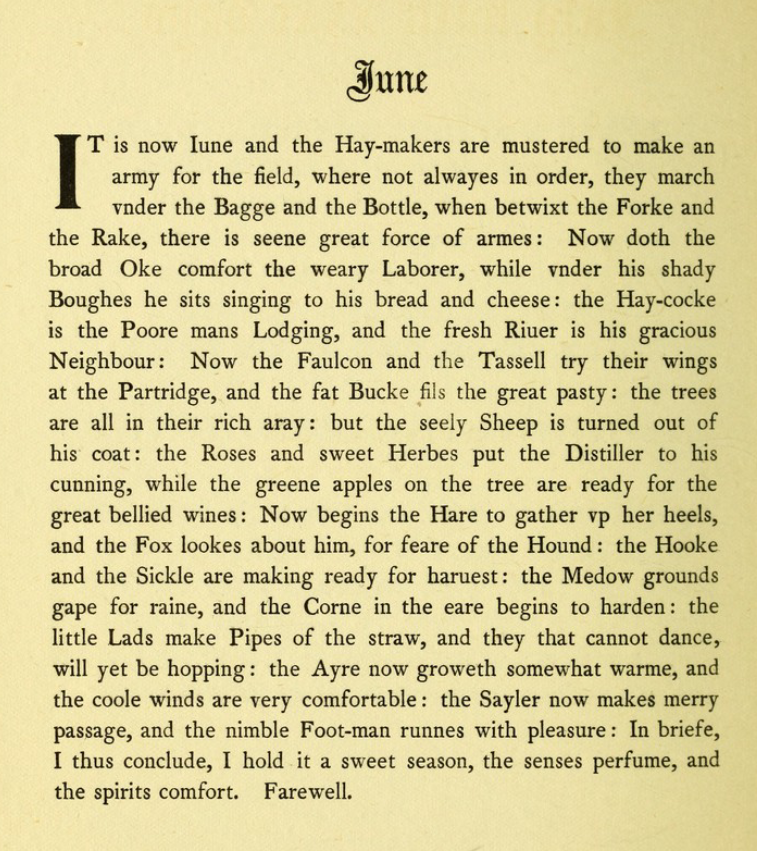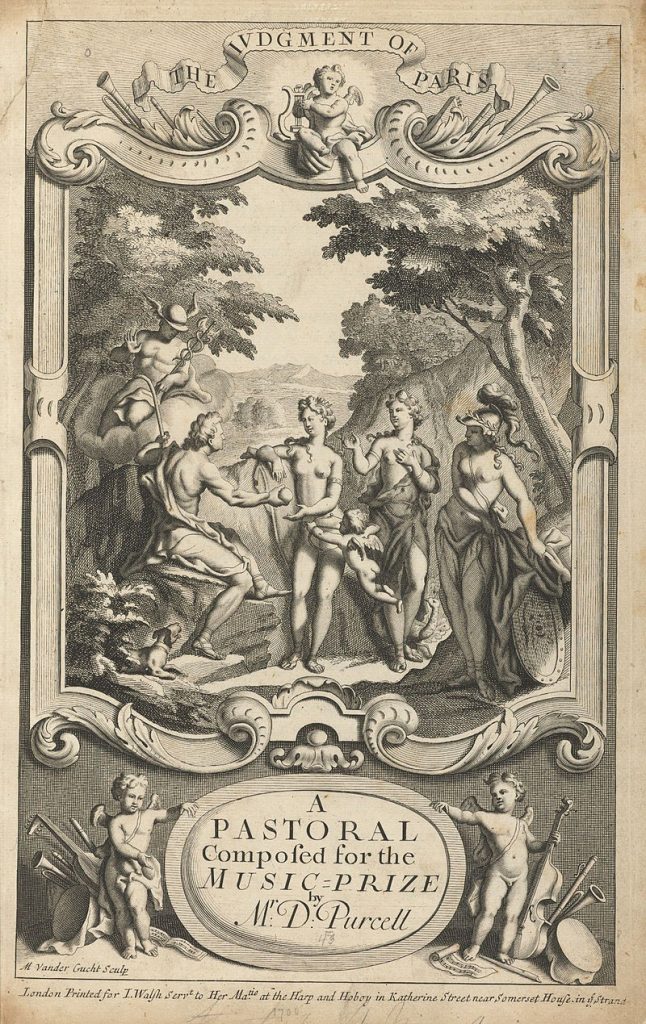
On 12th June 918, Myrcna hlædige, “Lady of the Mercians”, daughter of Alfred the Great, husband of Æthelred, Duke of Mercia died. Queen Æthelflæd is one of those extraordinary women who, in a world prejudiced against women played a significant role in politics, ruled her country with a strong, wise hand. The Anglo-Saxon chronicle says:
‘918 This year, Æthelflæd lady of the Mercians, with the help of God, before Laminas, conquered the town called Derby, with all that thereto belonged; and there were also slain four of her thanes, that were most dear to her, within the gates.
But very shortly after they had become so, she died at Tamworth, twelve days before midsummer, the eighth year of her having rule and right lordship over the Mercians; and her body lies at Gloucester, within the east porch of St. Peter’s church.’
https://origin-rh.web.fordham.edu/halsall/source/911anglosaxonchronical-aethelflaed.asp
Her dad, Alfred found a way to defeat the Vikings. One of his key decisions was to consolidate an alliance with the Middle Anglian Kingdom of Mercia. Somehow, Æthelred, leader of the Mercians was persuaded to give up his claim to be the King. In exchange, he was married to Æthelflæd, Alfred’s daughter, and took the title of Duke of Mercia. But under the over-kingship of Alfred’s West Saxon Kingdom of Wessex. Alfred renamed his Kingdom to ‘the Kingdom of the Anglo-Saxons’. This helped the Mercians (and other former independent Kingdoms) to feel they had been liberated from the Danes. And not conquered by the West Saxons. When Æthelred died, Æthelflæd continued to rule Mercia under the Kingship of her brother, Edward.
Burghs

Together, they developed Alfred’s strategy of consolidating control by the creation of Burghs or Boroughs. These were defended townships, often reusing Roman Walls, but also putting walls around new towns. Or new walls around old towns.
Vikings were good at battle, not so good at sustaining long sieges. The burghs not only provided defence in depth, but also helped the economy with the revival of towns. These provided industrial and retail opportunities. Among the Boroughs created or restored were Tamworth, Warwick and Stafford. But, perhaps more important, was the reuse of Chester, as a strategic centre. Just as it had been for the Romans, Chester was crucial to controlling Wales, the Midlands and the North. During Queen Æthelflæd’s time the defences were extended to the River Dee.
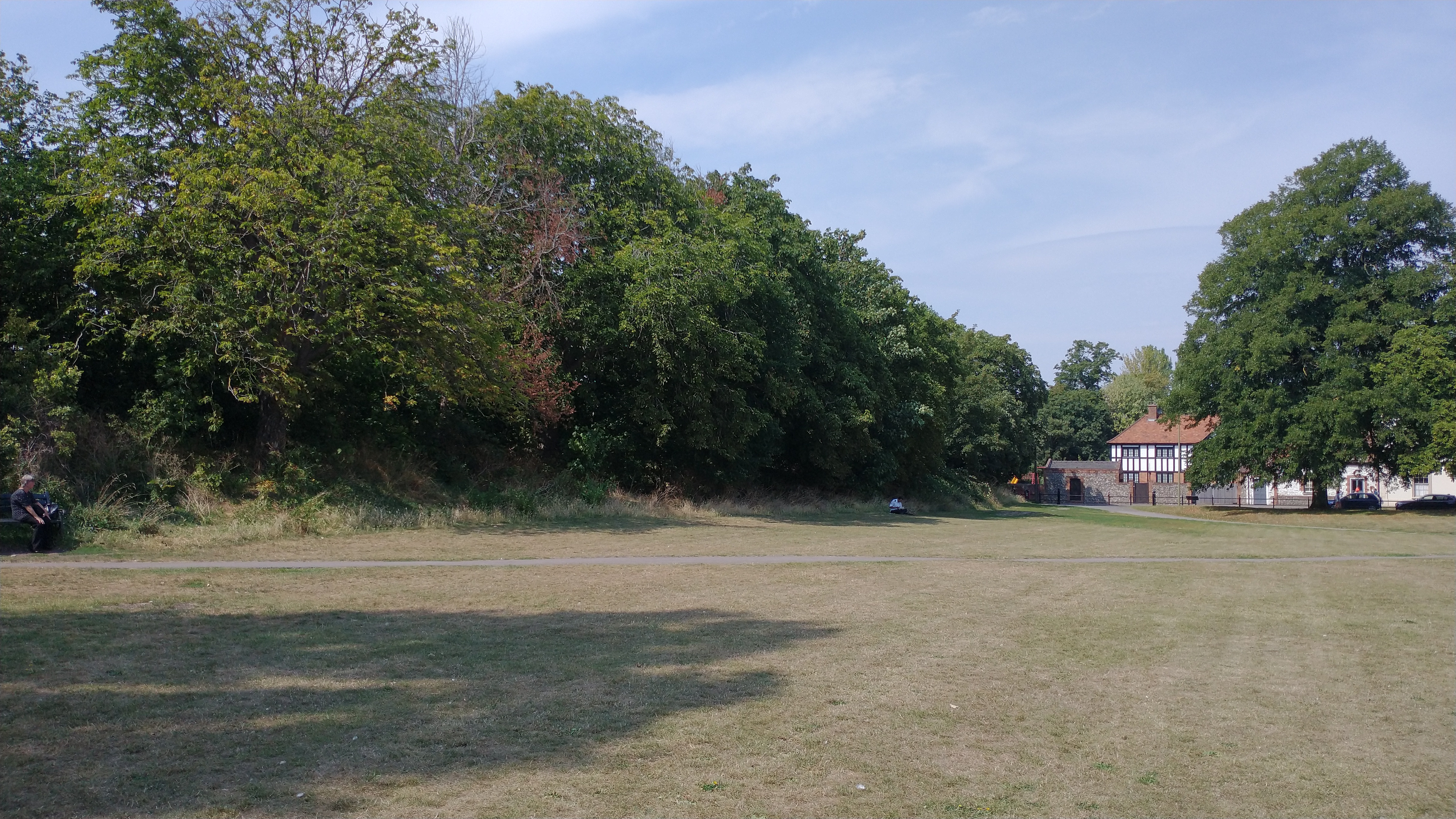

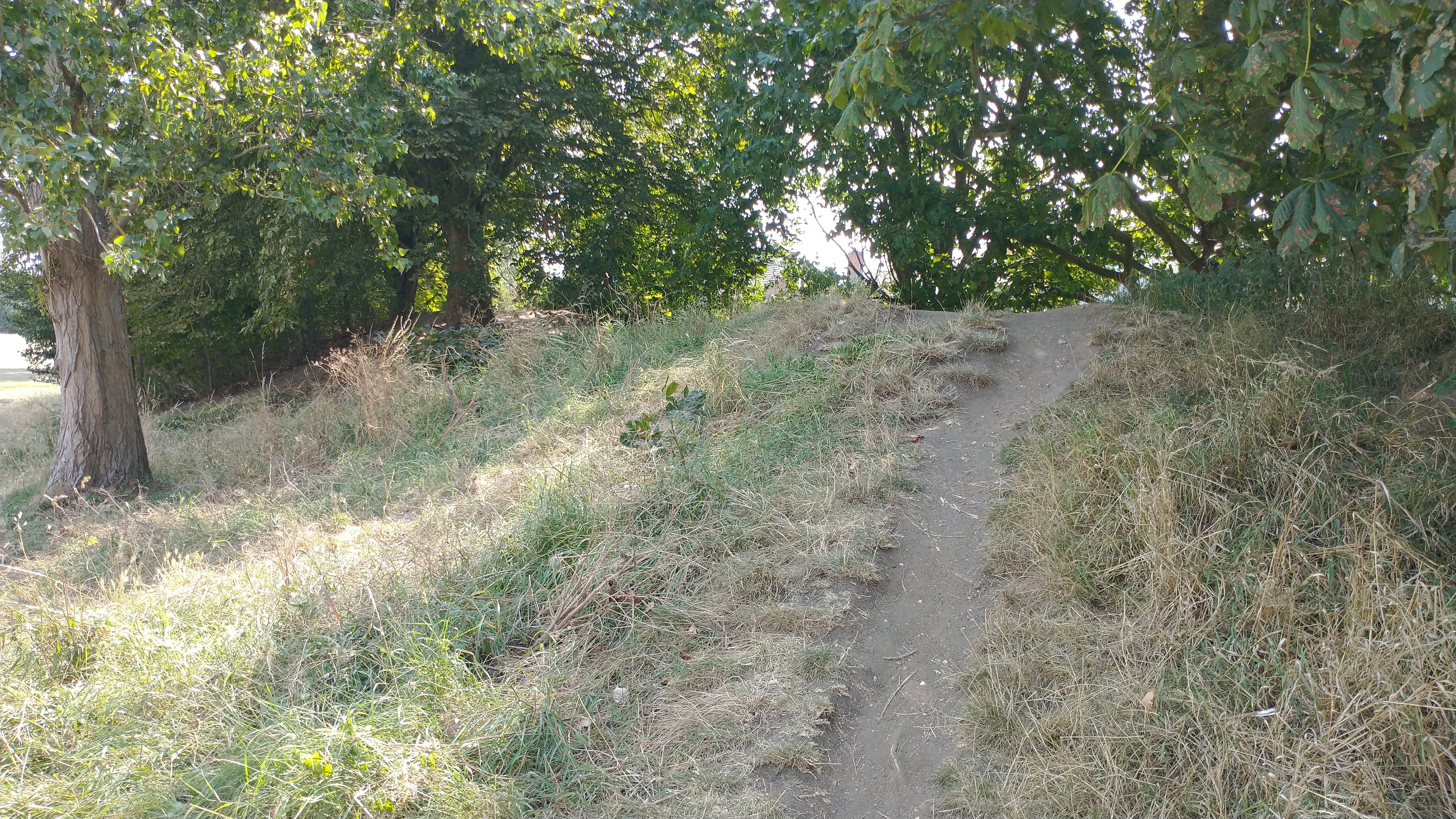
Defensive Circuit of Wallingford – essentially an earthen rampart. An Alfredian Burgh defending a ford across the River Thames. Photo: K Flude
Æthelflæd’s Legacy
In 917 invasions by three Viking armies failed as Æthelflæd sent an army which captured the crucial town of Derby and the territory around it. The town was one of the Five Boroughs of the Danelaw, together with Leicester, Lincoln, Nottingham and Stamford. Derby was the first to fall to the English; she lost “four of her thegns who were dear to her” in the battle
Queen Æthelflæd was “renowned as a competent war-leader”. The victory at Derby led to the East Anglian Danes submitting to Edward. And York, controlled by Vikings, offered to pledge their loyalty to Æthelflæd but she died on 12 June 918.
(Last two paragraphs based heavily on: https://en.wikipedia.org/wiki/%C3%86thelfl%C3%A6d
This fusion of Saxon and Anglian Kingdoms was the basis of the hugely successful and long-lived Kingdom of England. Athelstan, grandson of King Alfred, having defeated Northumbria. renamed the Kingdom, England. This Kingdom survived until it was absorbed into the United Kingdom of Great Britain in 1707. Or you could say it survives to the present day.
For more on Saxon England read my post of the Venerable Bede.
First Published on 12th June 2025.
